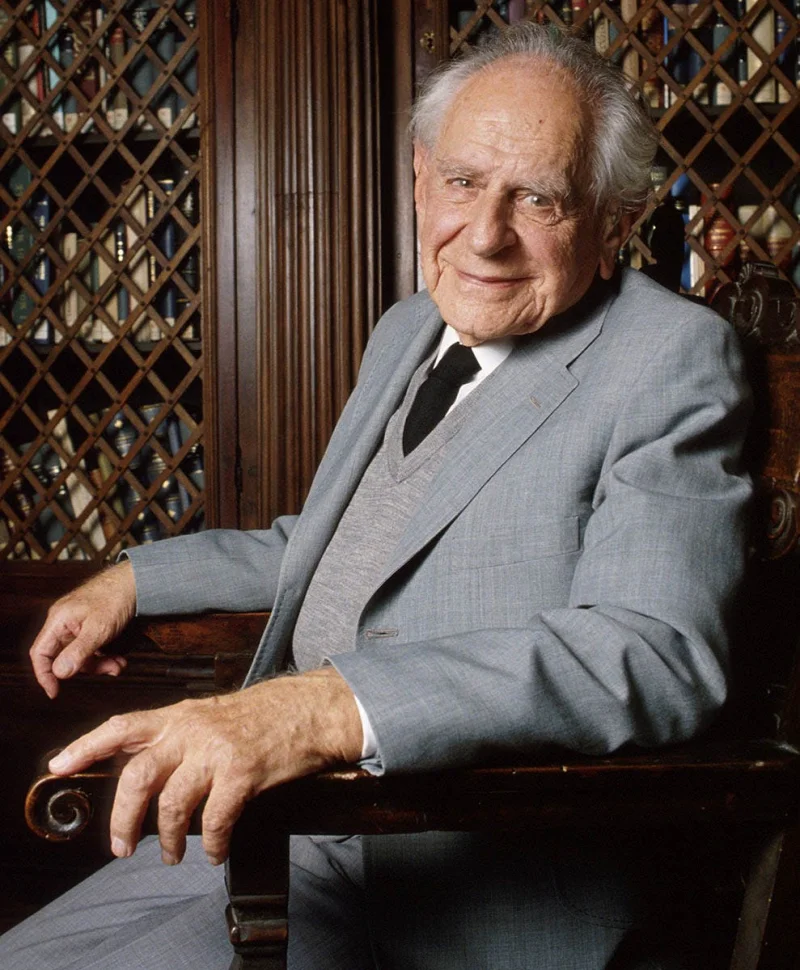Short Summary
Marcello Malpighi was an Italian physician and biologist, renowned for his groundbreaking work in anatomy and histology during the 17th century. He is often hailed as the father of microscopic anatomy due to his pioneering use of the microscope in biological studies. His meticulous observations led to significant discoveries concerning the structure of the lungs, skin, and kidneys. Malpighi's contributions laid the foundation for modern histology and advanced the understanding of human physiology.
Early Life & Education
Marcello Malpighi was born on March 10, 1628, in Crevalcore, near Bologna, Italy. He was raised in a family of modest means, with both parents encouraging his pursuit of education. Malpighi enrolled at the University of Bologna in 1646, where he studied philosophy and later medicine, earning his degree in 1653. Influenced by his professors, particularly Bartolomeo Massari, Malpighi developed a keen interest in anatomy and the emerging field of microscopy. His early education laid a solid foundation for his future scientific endeavors.
Career Highlights
Malpighi began his academic career at the University of Bologna, where he eventually held various teaching positions. His career was marked by his innovative use of the microscope, which allowed him to conduct pioneering research on plant and animal tissues. In 1661, he discovered capillaries, which bridged the gap between arteries and veins, confirming William Harvey's theory of blood circulation. Malpighi's work extended beyond human anatomy; he made significant contributions to botany and entomology, further establishing his reputation as a leading scientist of his time.
Major Achievements
- Discovered capillaries, providing crucial evidence for the theory of blood circulation.
- Identified and described the structure of the lung alveoli and renal glomeruli.
- Pioneered the use of the microscope in biological studies, laying the groundwork for modern histology.
- Made significant contributions to plant anatomy and entomology, broadening the scope of microscopic investigation.
Famous Quotes
- "Nature is the great teacher."
- "Anatomy is the foundation of medicine."
Interesting Facts
- Malpighi's work was initially met with skepticism by some in the scientific community.
- He was a member of the prestigious Royal Society of London.
- His studies on silkworms significantly advanced the field of entomology.
- Malpighi's detailed anatomical drawings remain highly regarded for their accuracy.
- The Malpighian layer of the skin is named in his honor.
Legacy / Influence
Marcello Malpighi's pioneering use of the microscope revolutionized the study of anatomy and histology, earning him the title of the father of microscopic anatomy. His discoveries concerning blood circulation, lung structure, and kidney function have had a lasting impact on medical science. Malpighi's work inspired future generations of scientists to explore the microscopic world, significantly advancing the fields of biology and medicine.
FAQ
Q: Why is Marcello Malpighi famous?
A: He is famous for his pioneering use of the microscope in biological studies and his discovery of capillaries.
Q: What did Marcello Malpighi discover?
A: He discovered capillaries, the structure of lung alveoli, and renal glomeruli, among other anatomical features.
Q: What is named after Marcello Malpighi?
A: The Malpighian layer of the skin and Malpighian tubules in insects are named after him.
Q: When did Marcello Malpighi live?
A: He lived from March 10, 1628, to November 29, 1694.












